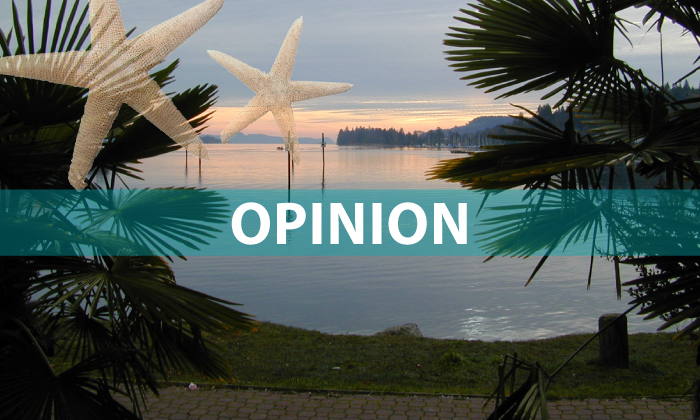BY LAURA PATRICK
Salt Spring Local Trust Committee member
I wish my world as an elected official, charged with making land-use decisions, was as exciting and powerful as one prolific Driftwood opinion pages writer imagines it to be (Frants Attorp, July 12 “More Than Meets the Eye” Viewpoint).
If I had the power and ability to “control the outcome,” circumstances would be very different for many island workers seeking a place to call home.
As if the Trust policy statements, official community plans (OCPs), land use bylaws (LUBs) and the rules found in the Local Government Act and Community Charter aren’t mind boggling enough, layer on a complex federated form of governance that exists nowhere else in the world, and it’s a pretty easy task to blame, criticize and leap to false conclusions, and an equally impossible task to “control the outcome.”
Here are the facts:
Salt Spring has experienced a steady growth for decades. The 2009 housing needs assessment that came out one year after the OCP was last updated accurately forecasted the growth, and pointed out that while the year over year growth is not large, over time it is. The report identified the need for long-term planning for not only housing but for all forms of housing-related infrastructure and services. The report described the sub-standard conditions of the Salt Spring Island secondary rental market that consists mostly of illegal forms of housing.
The demographics making up the growth rate are narrowing. They consist primarily of people who can afford to purchase a single-family home costing on average $1.3 million. I am not advocating that we increase the growth rate, but rather that we act to diversify that growth. We need to expand the options of housing types on the island to appeal to a broader range of demographics.
This is the challenge for the upcoming OCP/LUB review. Our staff are working hard to kick this review off on solid ground. I always say it is vitally important to linger in the project definition phase. In this phase, we collect and analyze data and design community engagement processes to ensure that all voices will be heard. During this phase we are also developing an Indigenous relations approach. So stay tuned, you will have lots of opportunities to shape this review and affect the outcome.
Who makes up a healthy island community? What kind of housing do they need? Are the bylaws driving that kind of housing? And absolutely, this all must and can be done better in support of the Islands Trust mandate.


Well done, Laura. It is also worth saying that ensuring that all voices will be heard is not the same as ensuring that everyone will be satisfied by the outcome. On an island with such diverse and often conflicting opinions, that is impossible.
Laura,
Interesting piece – “As if the Trust policy statements, official community plans (OCPs), land use bylaws (LUBs) and the rules found in the Local Government Act and Community Charter aren’t mind boggling enough, layer on a complex federated form of governance that exists nowhere else in the world, and it’s a pretty easy task to blame, criticize and leap to false conclusions, and an equally impossible task to “control the outcome.”
Governance doesn’t need to be this difficult but we seem to do dysfunction rather well. The Silos pull at us in all directions – 1. Our Improvement Districts SSFID and NSSWD, with very little oversight as currently being demonstrated. 2. CRD Victoria. 3. Local CRD Director. 3. New Local LCC. 4. The Trust. 5. Ancillary Groups in every area because we don’t have a proper Governance Model and chain of command and custody. Thank heavens the rest of the World doesn’t inflict this type of dysfunction upon themselves. Jamie was elected for his Campaign Promise that Work Force Housing was his Top Priority . We wish you both well over the next 3 years, which will absolutely fly by and then we turn around and look. Hopefully with the satisfaction that the Silos were circumnavigated and progress achieved. Thank you both for your efforts.